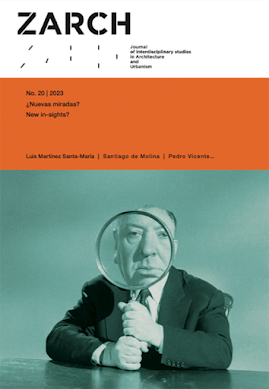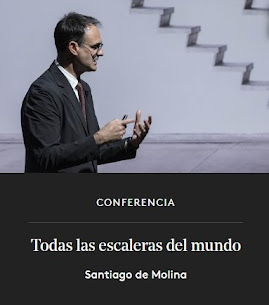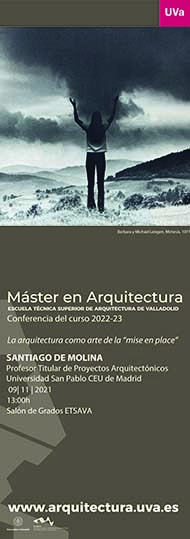El miedo a que el pobre bicho acabe fuera de casa sin poder volver ha sido el causante del invento de ciertos mecanismos como el de la imagen: una zanca peldañeada de madera, ligera, volante y hermosa como una escultura de Brancusi.
Gracias a ella, el misifú de turno iniciará alguno de sus escarceos adolescentes e intempestivos por el vecindario. Desde allí, y desaparecido durante mañanas o noches enteras, el bicho puede volver a su casa a la hora que le dé la real gana, que para eso es su casa, y no la de ese ser humano que vive con él.
El minino asciende entonces por los peldaños realizados a su escala y descansa, tras el trajín amoroso, lúdico o social, en su terraza, al sol, ronroneando con una satisfacción siempre inexplicada.
No se me ocurre mejor ejemplo para ilustrar lo que el ampuloso discurso derivado de las teorías posmodernas de las redes de actores dirían de esta imagen. Los acólitos del filósofo francés de turno, gregarios de las modas académicas, llamarían a ese invento "mecanismo transescalar de ascenso para entes biodiversos". Otros emplearíamos palabras más llanas: "escalera para gatos". En cualquier caso, la historia acaba con la misma persona preocupada porque su gato vuelva cerca de su sofá, a acurrucarse en su compañía mientras ve la televisión al final del día.
The fear that the poor creature might end up outside, unable to find its way back, has inspired inventions like the one you see here: a wooden ladder, featherlight, hovering, and as elegant as a Brancusi sculpture.
Thanks to it, the neighborhood cat—whichever mischief-maker is on duty—can set off on one of his adolescent, ill-timed adventures. And from wherever he's been, gone for entire mornings or nights, he can come home whenever it suits him. After all, it's his house—not the house of that human who happens to live there too.
He'll climb the steps perfectly scaled to his size, and, after his amorous, playful, or social escapades, will sprawl on his terrace, basking in the sun, purring with that forever-unexplained satisfaction of his.
I can’t think of a better example to illustrate what the grandiloquent jargon of postmodern actor-network theory types would make of this image. The disciples of whichever French philosopher is in vogue would no doubt call this device a "trans-scalar ascent mechanism for biodiverse beings". The rest of us? We'd just call it a "cat ladder." In the end, the story always ends the same: with the same human, anxiously waiting for the cat to curl up next to them on the sofa, keeping them company as they watch TV at the end of the day.















_-_left_hand_screen,%20imagen%20wikipedia.jpg)

































































































